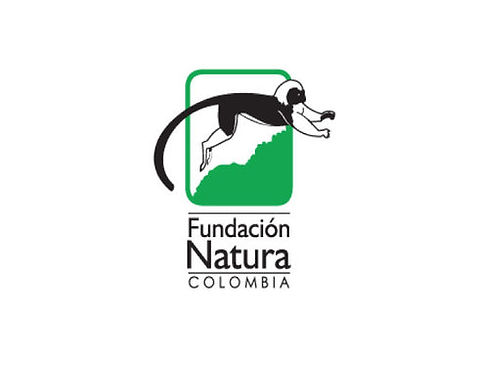Blueprint
A practical, multi-level set of tools to measure sustainability status and progress across small landscapes.
How can we engage communities to build collective solutions with a landscape approach to encourage sustainable change? In 2019, this question sparked the start of a collaborative journey for SAN and network member Fundación Natura to develop and test an innovative landscape assessment tool to effectively collect information aiming at constructing healthy ecosystems, vital economies, and social wellbeing in a prescribed landscape where agriculture threatens rural communities and sustainability.

What is it?
The Blueprint for Sustainable Landscapes is a practical, multi-level set of tools to measure sustainability status and progress across small landscapes. The Blueprint tools intends to provide an accurate assessment of environmental, social, economic, and governance parameters with a participatory approach that actively involves local landscape protagonists. The Blueprint is not a landscape initiative or a landscape standard – it is a measurement system inclusive for small ecosystems and land units. Its topic areas are benchmarked with agriculture standard systems and other landscape initiatives. The system can be used by certification schemes, local governments, jurisdictional approaches, agribusinesses, exporters, and retailers to verify contributions of agriculture to sustainable territories.
Why is it relevant?
Awareness is the first step in encouraging change. Participatory analysis of the real-life situation with local landscape stakeholders is the main principle of SAN’s Blueprint. The Blueprint methodology relies on the data collection by a community and neighborhood network of trust with knowledge of the local culture, context, and politics. SAN and its partners do not judge a territory as compliant or not. Indicators simply measure the status or progress of a landscape and illustrate the situation to external stakeholders and local inhabitants. These indicators fit for scale are developed to reflect the real-life day-to-day challenges of the territory’s inhabitants and can be measured by the local landscape protagonists in the future. This illustration creates interest in investing in the landscape.
Where has it been tested?
The Blueprint has been field-tested in Colombia’s rural area called Zona Bananera —a municipality that is home to many banana and oil-palm plantations— but it will be adaptable to other regions, industries, land uses, and standard systems.
How was it built?
The Blueprint's design involved local land users, community members, and other stakeholders to identify the most important challenges and outcomes for achieving sustainability in the pilot region. Then, the best agricultural, environmental, social, and governance practices for producing these outcomes are defined, including an analysis of agriculture certification standards and other landscape initiatives. The resulting social, environmental. governance and economic indicators to measure progress are tested and further improved.

SAN Partner

Project supporter
This project is possible thanks to a grant from the ISEAL Innovations Fund, which is supported by the Swiss State Secretariat for Economic Affairs SECO.

